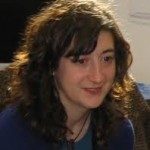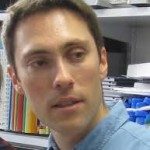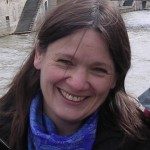Lien vers Pubmed [PMID] – 30659146
Lien DOI – 10.1073/pnas.1808016116
Proc Natl Acad Sci U S A 2019 02; 116(6): 2265-2273
The genus Legionella comprises 65 species, among which Legionella pneumophila is a human pathogen causing severe pneumonia. To understand the evolution of an environmental to an accidental human pathogen, we have functionally analyzed 80 Legionella genomes spanning 58 species. Uniquely, an immense repository of 18,000 secreted proteins encoding 137 different eukaryotic-like domains and over 200 eukaryotic-like proteins is paired with a highly conserved type IV secretion system (T4SS). Specifically, we show that eukaryotic Rho- and Rab-GTPase domains are found nearly exclusively in eukaryotes and Legionella Translocation assays for selected Rab-GTPase proteins revealed that they are indeed T4SS secreted substrates. Furthermore, F-box, U-box, and SET domains were present in >70% of all species, suggesting that manipulation of host signal transduction, protein turnover, and chromatin modification pathways are fundamental intracellular replication strategies for legionellae. In contrast, the Sec-7 domain was restricted to L. pneumophila and seven other species, indicating effector repertoire tailoring within different amoebae. Functional screening of 47 species revealed 60% were competent for intracellular replication in THP-1 cells, but interestingly, this phenotype was associated with diverse effector assemblages. These data, combined with evolutionary analysis, indicate that the capacity to infect eukaryotic cells has been acquired independently many times within the genus and that a highly conserved yet versatile T4SS secretes an exceptional number of different proteins shaped by interdomain gene transfer. Furthermore, we revealed the surprising extent to which legionellae have coopted genes and thus cellular functions from their eukaryotic hosts, providing an understanding of how dynamic reshuffling and gene acquisition have led to the emergence of major human pathogens.





